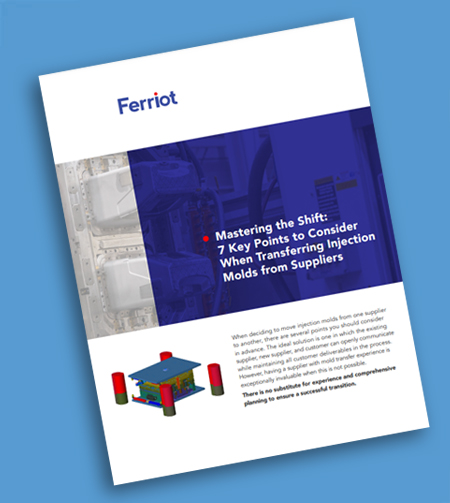Structural foam molding has become a highly evolved technique. Today, thermoplastic resin can be mixed with a chemical blowing agent to expand the melted resin and produce high-strength parts for use in industrial applications. The thermoplastic microcellular structure weighs 10% to 30% less and is stronger and more resilient than traditional injection molded parts.

The Brave New World of Structural Foam Molding
Modern structural foam molding vs injection molding differs significantly. “Structural foam” describes the result of the blend of thermoplastic resin and blowing agent when activated by heat. The blowing agent creates a foamed microcellular structure that fits itself into the form of the mold.
Structural foam molding can be conducted at lower pressures than injection molding creating less stress on the formed parts and therefore, less warping. This low-pressure technique also allows for the use of much less expensive tools. Long-lasting molds can be made of aluminum rather than tool steel. Structural foam molded parts are stronger and lighter than parts created with traditional injection molding techniques because they aren’t as dense.
Structural Foam Parts Are Lighter and Stronger
Structural foam parts have much higher strength-to-weight and strength-to-stiffness ratios than injection molded parts. They are also much more impact resistant due to the microcellular structure.
When parts need to be scaled up in size, structural foam molding is the optimal strategy. Structural foam molding can be used to create small parts or much larger, complex parts without sacrificing the speed that would be required to injection mold larger parts.
As an additional benefit, structural foam molded parts have zero sink marks. Sink marks resulting from injection molding and can leave a rough, unsightly surface that is difficult to clean. Structural foam molding leaves a smooth external surface that is easily cleaned and can even be painted if desired.
Ferriot: Structural Foam Molding Specialists, and Just Good People
Ferriot has developed an in-depth understanding of the vast new set of strategies behind structural foam molding processes. Ferriot now operates a high-quality in-plant structural foam molding system. Many Ferriot customers are so confident in the quality of Ferriot’s foam molded parts that they are shipped directly to end users.
As an additional benefit, Ferriot is a quality-oriented, engineering-oriented organization that strives to do things right the first time. They understand that product quality and delivery, and vendor reliability are crucial in today’s markets.
Among Ferriot’s customers, many deeply appreciate the company’s willingness to handle short runs with high levels of process automation. Ferriot’s superior shop-floor documentation and process control often attract new customers and keep existing customers coming back.
One such customer is ILC Dover. You can read the full case study here.



